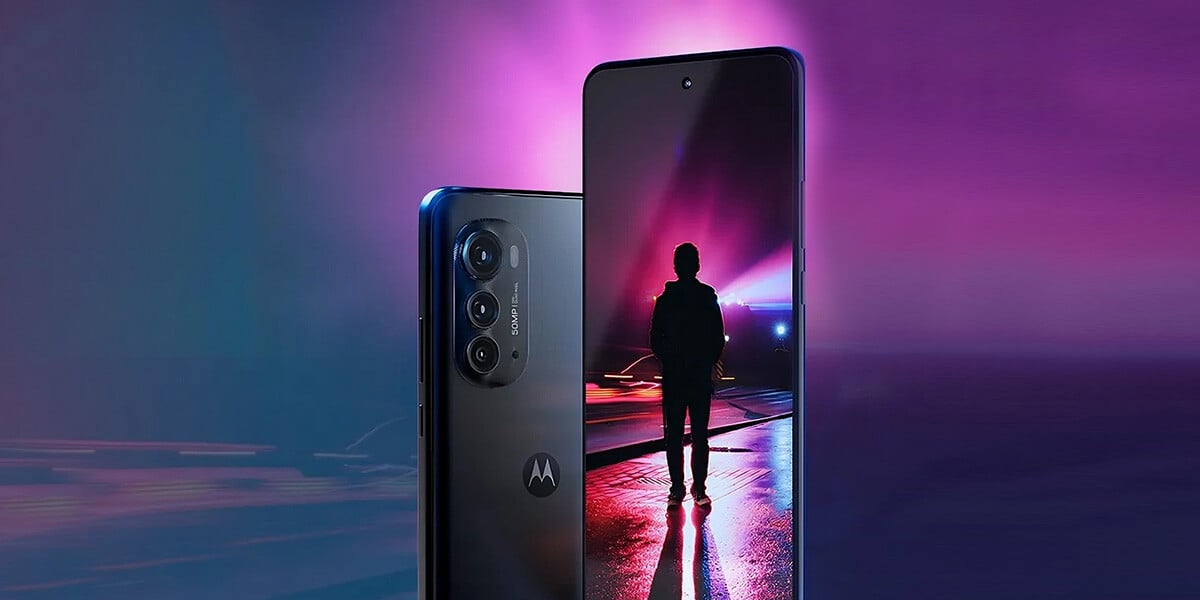Comparing popular mmWave-enabled smartphones in the US market, Signals Research Group (SRG) pitted the Moto edge (2022) powered by MediaTek Dimensity 1050 against other mmWave-enabled smartphones powered by competitor chips. Independent testing found that MediaTek's mmWave technology in 5G smartphones was able to reach further, achieve faster speeds with less performance variance, and work more effectively in non-line of sight (NLOS) situations.
All MediaTek 5G products with mmWave available today, including Dimensity 1050, and Dimensity 9200, benefit from our exclusive “FAR” beamforming technology – Faster, more Accurate and Robust connections – granting mmWave performance that’s less sensitive to the movements of the smartphone and changes in the local environment, while also maximizing power efficiency to extend battery life.
White paper summary:
- The mmWave-enabled smartphone powered by the MediaTek Dimensity 1050 frequently exhibited clear advantages over peers when subjected to the controlled test environment.
- Best on the test results, SRG attributed the higher throughput and lower performance variation to the superior beam tracking capabilities of MediaTek's 5G modem.
- MediaTek-powered smartphones with mmWave could obtain double-digit % greater throughput, and double-digit % lower variation in their instantaneous throughput versus competitors.
- At distances further from the mmWave operator cell or in NLOS conditions, MediaTek's advantage was clear and exceptional, at between ~10% to 40+%.
- SRG’s rotating platter test impacted the MediaTek-powered smartphones much less than others, with devices frequently exhibiting at least 20% lower throughput variance relative to other smartphone chipsets.
- SRG expressed that in even more challenging RF conditions beyond their testing, it believes performance differences would favor MediaTek’s 5G modem even further due to its superior beam tracking and beam forming capabilities.
Download the white paper to read the full results.









